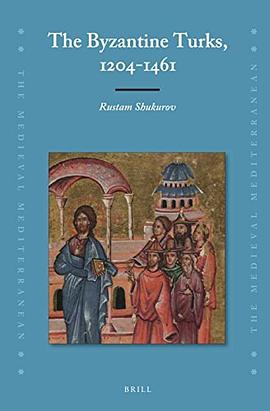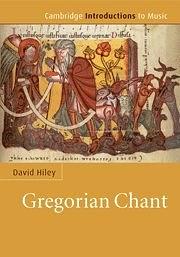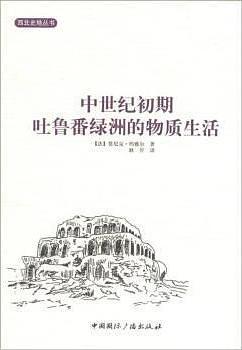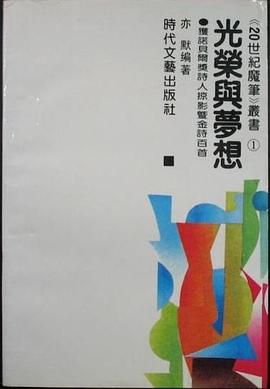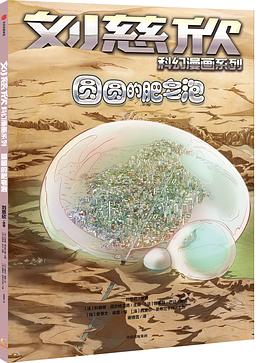Contents
Acknowledgements xi
List of Figures and Tables xii
Introduction 1
1 The Byzantine Classification of the Turks 11
1 On Byzantine Epistemology 11
2 The Locative Criterion and the Theory of Climates 17
3 Two-Part Classification: Genera and Species 26
4 Generic Categories 27
5 The Species 33
6 The Concept Πέρσαι 37
7 The Defects of the Method 42
8 The Linguistic Criterion 44
9 The Languages of the Turks 48
10 Turks and Religious Identity 53
11 Marriages with Non-Christians 55
12 The Validity of Baptism 59
2 Byzantine Onomastics: Problems of Method 65
1 The Onomastic Database 65
2 The West Byzantine Lands in the Database 68
3 The Byzantine Pontos 70
4 On Byzantine Patterns of Naming 72
5 A Linguistic Problem 74
6 The Problem of Generations 77
7 Credibility of Anthroponymical Data 78
8 “Scythian” and “Persian” Names 84
3 The “Persians” and the “Scythians” 86
1 Historical Background 86
2 The “Scythians” 90
3 The “Persians” 94
4 The Byzantine “Persians” in 1204–1262 96
5 The “Persian” Resettlement of 1262–1263 98
6 Kaykāwus’ Family in Byzantium 105
7 Kaykāwus’ People 120
8 “Persian” Immigrations until the Beginning of the Fourteenth
Century 131
9 The Turkic Immigrants in the First Half of the Fourteenth
Century 134
10 The Last Byzantine Turks? 147
10.1 Text 148
10.2 Translation 150
10.3 Commentary 152
4 The Byzantine Turks in the Balkans 157
1 Byzantine Macedonia 159
2 The Lower Strymon and Serres 161
3 Kalamaria in Western Chalkidike 164
4 Eastern Chalkidike 166
5 Berroia and Lake Giannitsa 168
6 The Vardar Valley, Skopje, the Strumica 170
7 Thessalonike and Other Localities 174
8 Ethnic and Social Structure 174
9 Constantinople and Some Other Regions 177
10 A Note on Chronology 179
11 The Problem of Merchants 181
5 The Noble Lineages 183
1 Constructing a “Family” 184
2 The Gazes Families (I and II) 184
3 The Melik/Melikes/Melek Family 187
4 The Soultanos Family (I) 190
5 The Soultanos Family (II) 194
6 The Apelmene Family 196
7 The Masgidas Families (I and II) 197
8 The Iagoupes Family 200
9 The Anataulas Family 209
6 Assimilation Tools 216
1 The Motivation of the Turks 216
2 An Opposite Example 220
3 Christianization 223
4 More on Inclusion and Exclusion 231
5 Proprietors and Pronoiars 234
6 Imperial Service 239
7 Slaves, Servants, and Hostages 244
8 Cultural Adaptation 249
9 Turkic Minority? 251
7 Asians in the Byzantine Pontos 255
1 Oriental Names of the Pontos 255
2 Nations and Tribes 259
3 Social Standing 268
4 The Pontic Nomads 281
5 Christians and Crypto-Muslims 290
6 Penetration of Asians into Trebizond 297
Appendix I: The Wives of Alexios II Grand Komnenos 303
Appendix II: The Marriages of the Grand Komnenoi with Muslims 305
8 “Turkophonia” in Byzantium 306
1 Byzantine Diglossia 306
2 Oriental Borrowings 308
3 Textiles 312
4 Clothes and Household Items 315
5 Spices, Delicacies, Medications 324
6 Birds and Animals 326
7 Trading Terminology 327
8 Imperial Court and Military Terminology 332
9 The Positive Image of the East 339
10 Expanding the Horizon 343
11 Diglossia and Place-Names 349
12 Diglossia and the Redoubling of the World 354
13 Evidence of Modern Greek 358
14 Byzantine Turkophonia 359
15 Latent Turkification 380
16 Cultural Interchange and a Lethal Outcome 381
9 Etymological Glossary 388
1 Proper Names 388
2 Appellatives 404
Epilogue 413
1 The Turkic Minority 413
2 Regional Features 414
3 Cultural Transformation 418
Bibliography 421
Index of Greek and Slavonic Names and Terms 474
General Index 486
· · · · · · (
收起)
